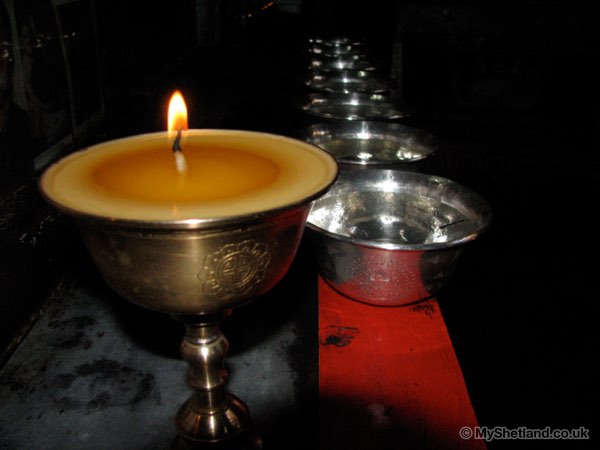
Background and Need
On 12 May, an earthquake measuring 7.3 in magnitude struck Nepal at 12:50 p.m. local time near Chilankha Village in Dolakha District. A total of 32 districts were affected, including those still recovering from the 25 April 7.8 magnitude earthquake.
According to Jamie McGoldrick, Humanitarian Coordinator with the UN in Nepal, “If we don’t act quickly, the implications will be severe. We can only expect misery, a crippling loss of dignity and the real potential for more deaths especially in the rural and remote areas”. According to the UN, the window of opportunity to provide vital relief to people in Nepal affected by the recent earthquakes is closing quickly, as urgent funding requirements remain unmet. To date, barely US$ 59.5 million, or 14 per cent, was received against the $423 million humanitarian appeal, launched by the United Nations and partners on 29 April.
http://un.org.np/sites/default/files/OCHANepalEarthquakeSituationReportNo.14(13May2015)_0.pdf for further information
It is vital, therefore, to keep the plight of Nepali people in the forefront of peoples’ minds and try to do more as soon as possible. While the news cameras find new stories from around the world and move on, for the people of Nepal there will be no “moving on” from their misery for months or years to come.
The need is great, ranging from food and medical treatment to shelter and safe spaces for children. It’s so hard for anyone, whether in Nepal experiencing this first hand or sitting at home reading about it on the internet and in newspapers, to know where to start.
Emergency Responses
Thankfully, there are organisations, NGOs, groups, and communities who are tackling different aspects of this humanitarian crises. And I would like to introduce you to two.
I am supporting these linked organisations – To Da Loo and Helter Shelter – and would ask you to do the same.
To Da Loo has been building latrines and toilets in temporary camps and in communities where many (or all) homes have been destroyed or make inhabitable. This is particularly vital for girls and women who find it hard to relieve themselves in open spaces.
Helter Shelter has provided tarpaulins and tents to families who are homeless for immediate shelter from the sun and rain. With the monsoon imminent, Helter Shelter is about to upscale its effort into something more permanent. .
The Way Forward
The needs of women will be met by the expansion of the latrine/toilet building projects of To Da Loo, particularly relevant in a patriarchal culture where women’s needs are very often ignored or not even realised. What I want to do is link the distribution of sanitary napkins and underpants to women and girls who have lost their homes and the ability to have access to water for washing the cloth napkins used in the majority of the country during menstruation.
The needs of families will be met by the introduction of earthbag technology in rebuilding people’s homes. Earthbag buildings have proven to be more resistant to damage during an earthquake and are simple, cost effective and easy to construct. The Helter Shelter team is undergoing training in this technology, which they will pass on to the communities they are working in.
What Your Money Can Achieve
£12 – two months supply of sanitary napkins and one pair of underpants each for four girls or women (the average extended family size in Nepal)
£400 – one family earth bag house (size and materials will vary from area to area and family to family)
£95 – one set of hardware tools (such as shovel, saws etc) for one community to work together building earth bag houses
£75 – to outfit one small earth bag house with bedding, a mosquito net and cooking facilities
http://www.gofundme.com/usv8jd5
About the Organisations
I’m a Scottish woman and have lived in Nepal for 20 years. I’m a freelance writer/editor for NGOs as well as the owner of a small training company. In the past I have worked in tourism running a small jungle safari hotel in the west of the country. I have travelled extensively around Nepal, including several remote areas.
Both To Da Loo (www.facebook.com/todaloo) and Helter Shelter (www.facebook.com/heltershelter) have been formed by proactive people living in Nepal. In their team, they have a film maker, a hotelier, IT people, social activists and lovers of Nepal coming from as far afield as Denmark, UK and of course, Nepal itself. All of the To Da Loo and Helter Shelter core team are personal friends of mine who I have known over a period of years.
I am devastated and deeply saddened by what has happened but overwhelmed and grateful of the hard work of the To Da Loo and Helter Shelter teams, as well as the countless of other teams of rescuers and rebuilders brought together by this terrible event. Please give whatever you can and together we can help build a safer Nepal.
Thank you.
Jackie Taylor
http://www.gofundme.com/usv8jd5
❤ ❤ ❤ ❤ ❤ ❤ ❤ ❤ ❤ ❤ ❤ ❤ ❤ ❤
Nepal is very close to my heart. Through Jackie, I sponsor a wonderful girl and a few years back OH and I went to meet them in person.
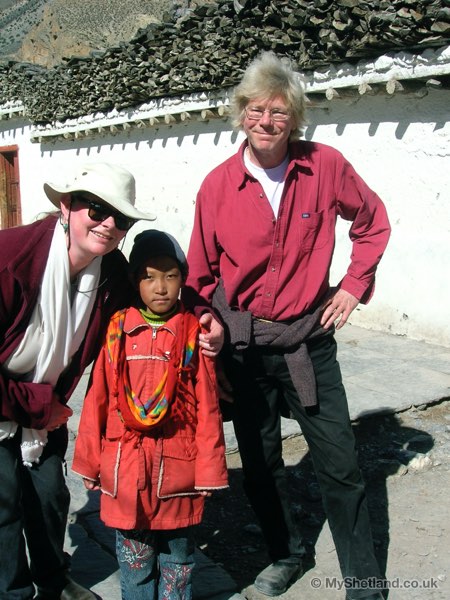
I want to share with you a few of my photos from that time so you can see the magic of what Nepal was. I will return there. I have promised myself this. Nepal and its people have a place in my heart. I have always wanted to help a real project rather than a nameless faceless charity and that is how I met Jackie and can personally vouch for her.
Discover more from My Shetland
Subscribe to get the latest posts sent to your email.
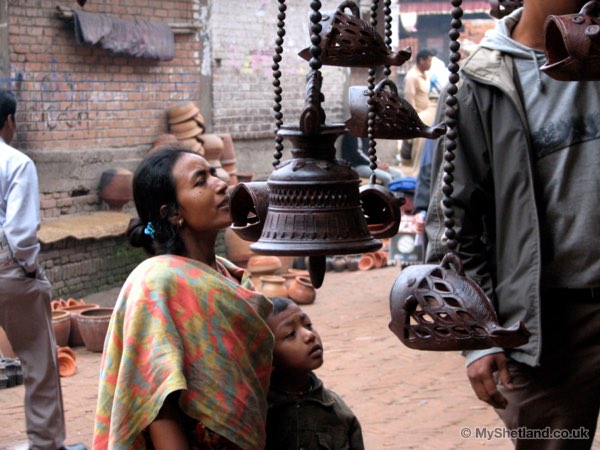
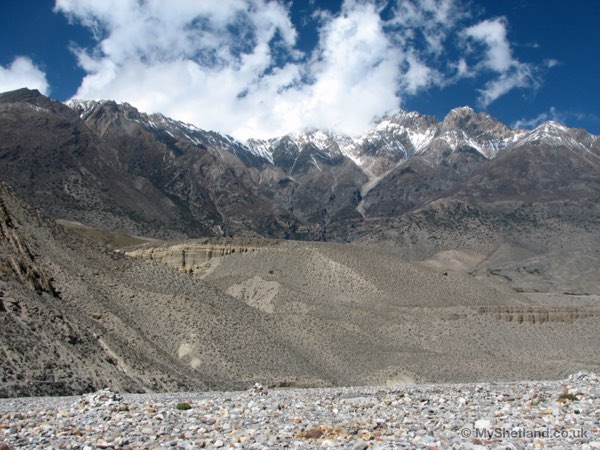
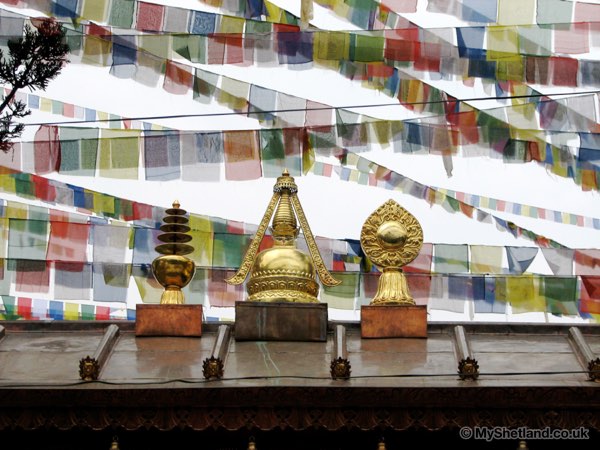
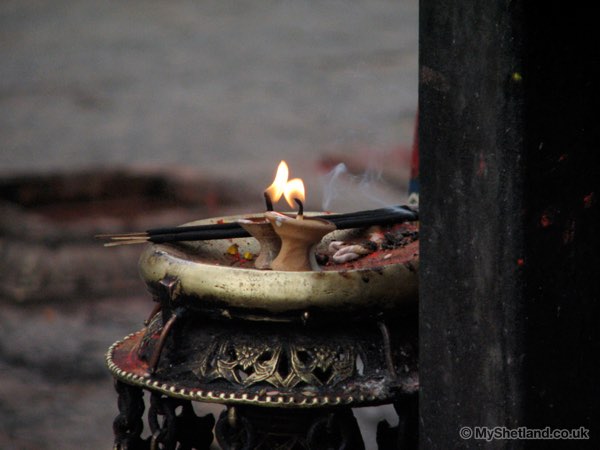
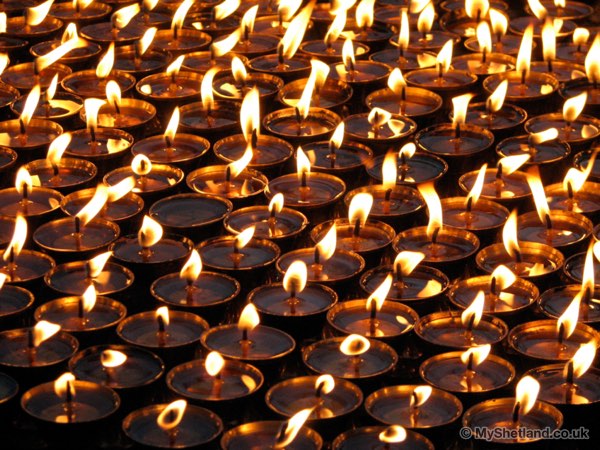
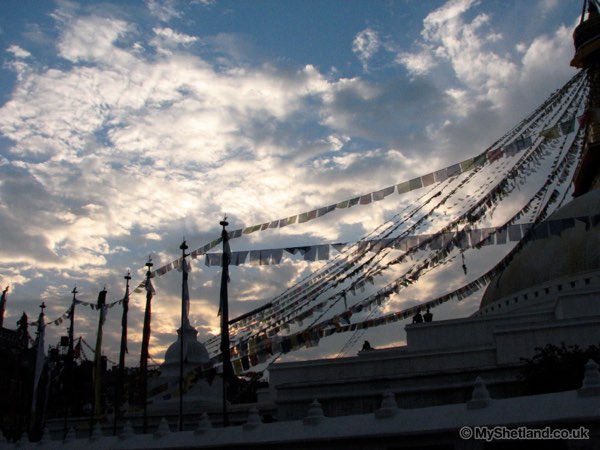
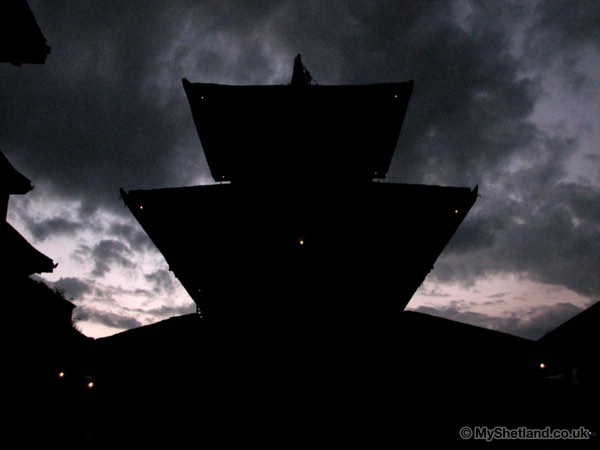
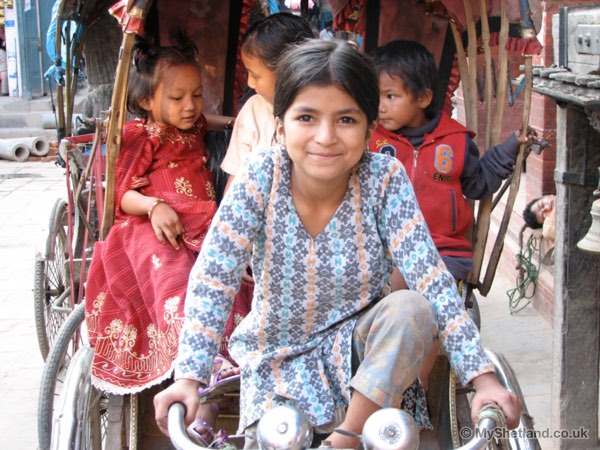
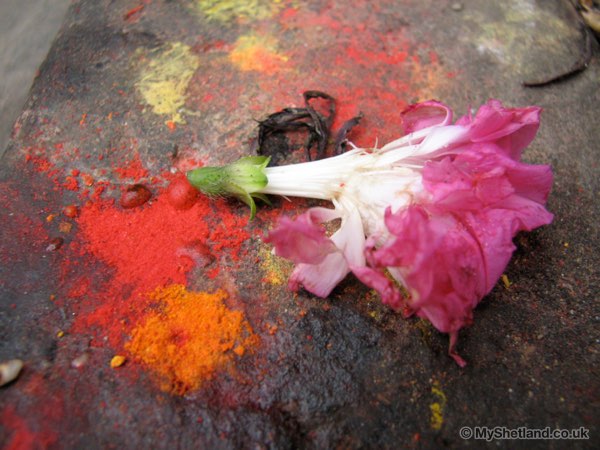
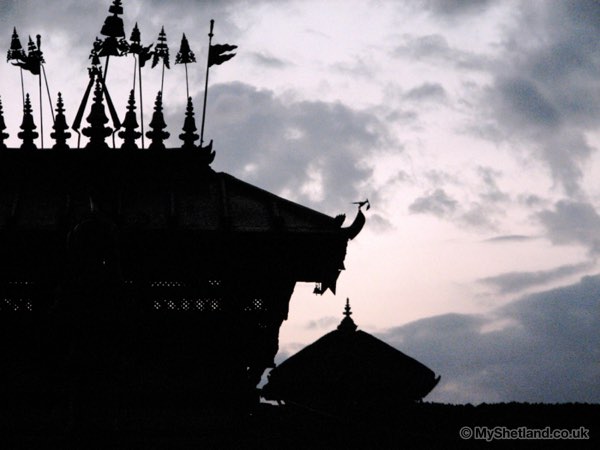
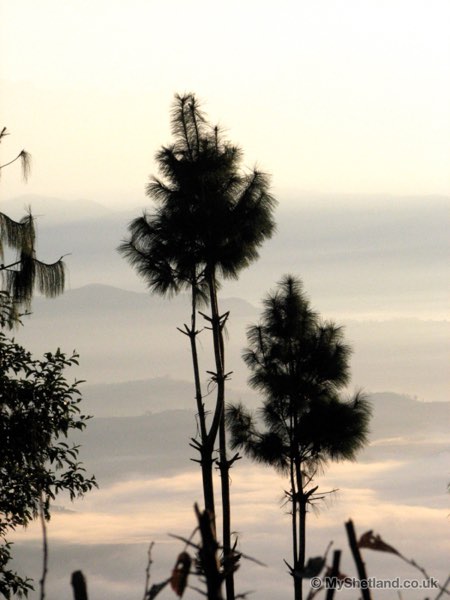
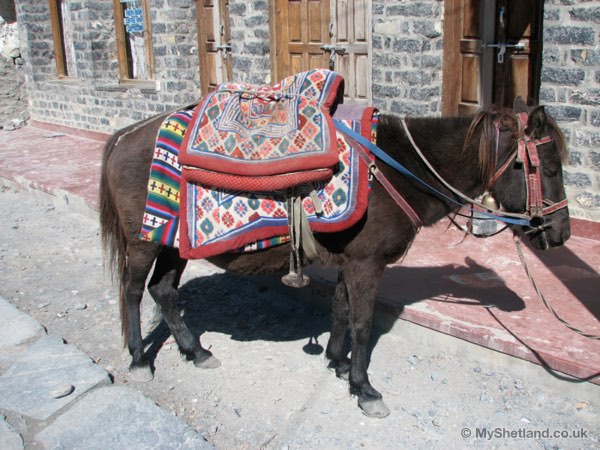
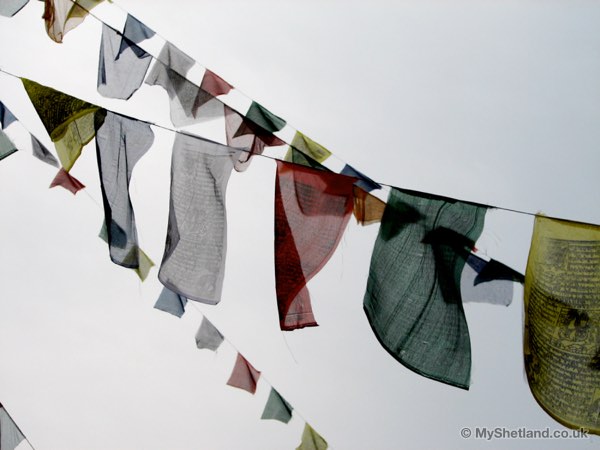
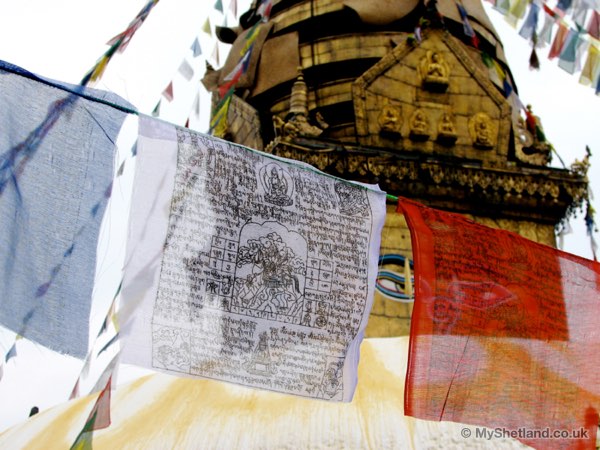
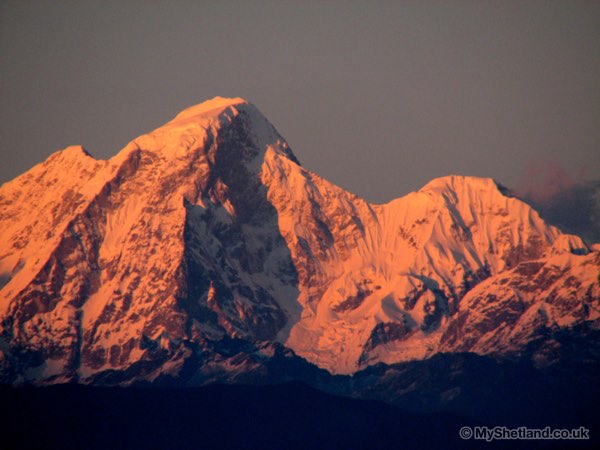


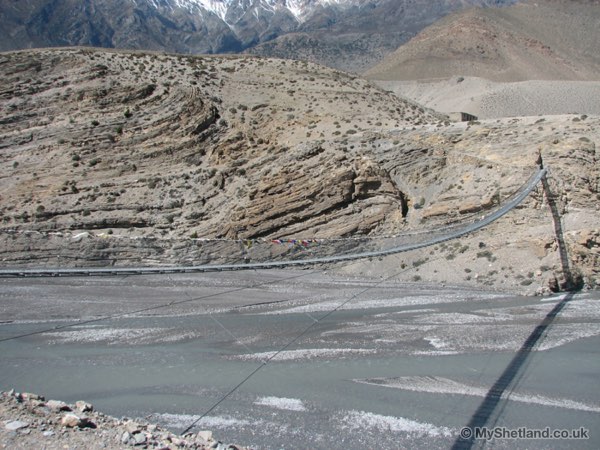
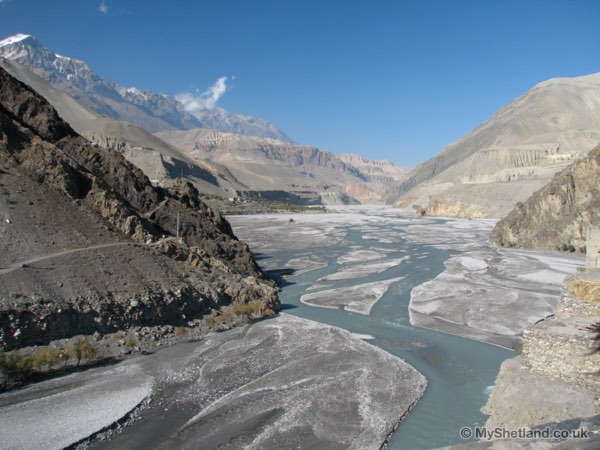
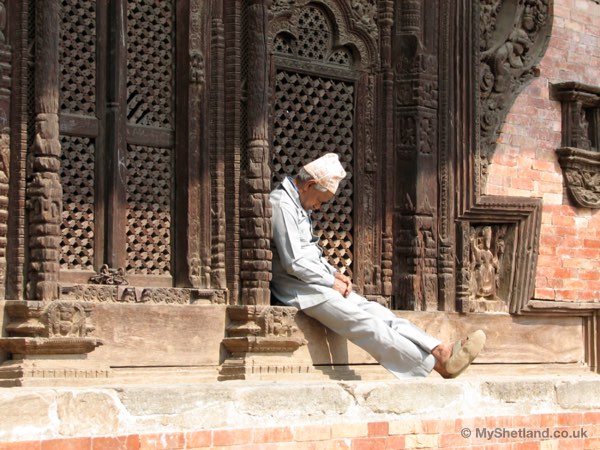
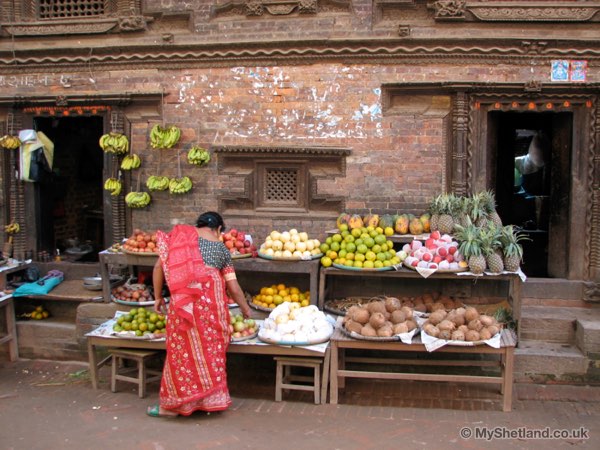

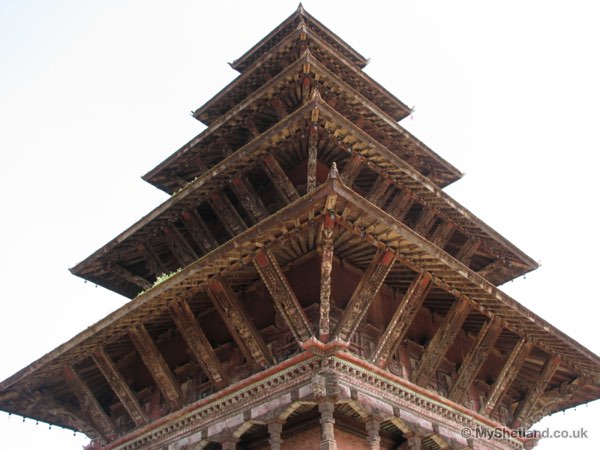

We have a large Nepalese population here in Connecticut, USA. They had a vigil and passed the hat.
Thank you for these wonderful pictures of what Nepal was and needs to return to.